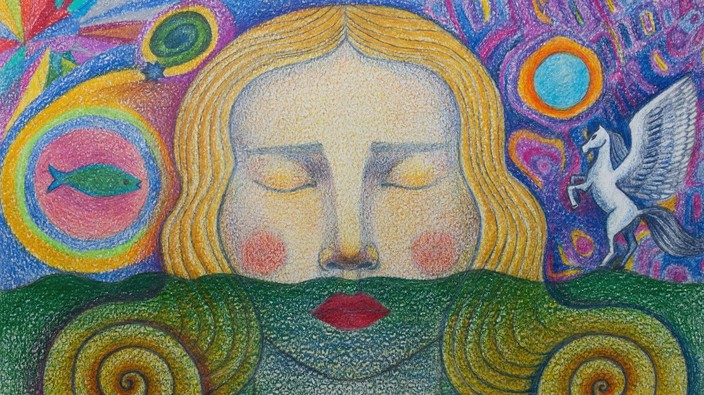watch: we take a look at #adhd symptom videos
while social media might help viewers recognize little-known symptoms of attention deficit hyperactivity disorder, experts warn it's not the same as a diagnosis from a healthcare provider.
adhd in females: outdated criteria leading to missed diagnoses
as a result of outdated criteria, females with adhd often go either undiagnosed or misdiagnosed.
are people with adhd more likely to be hoarders?
it's possible that many people who are currently being treated for hoarding disorder might also have undiagnosed adhd, the study found.
 3 minute read
3 minute read









